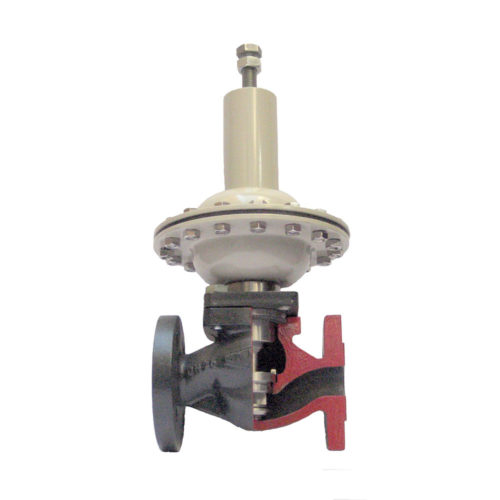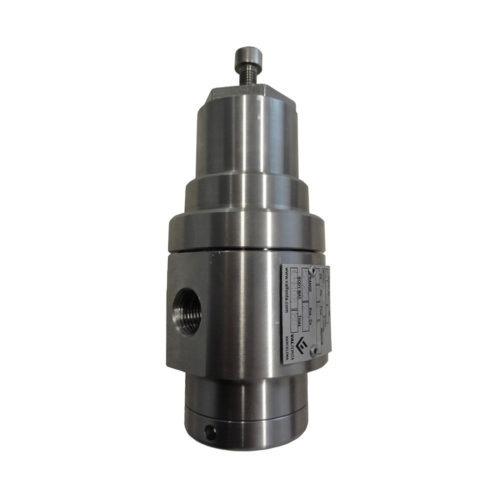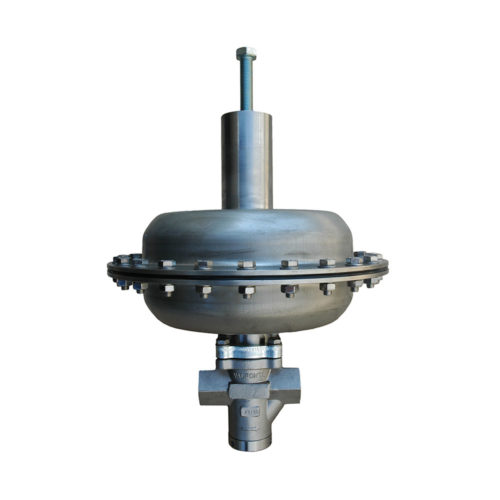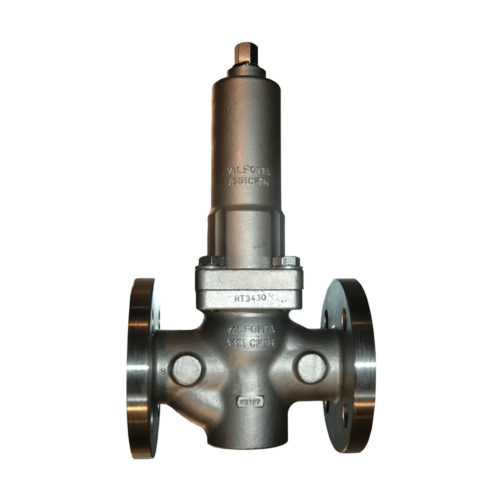What is the function of this valve as a pressure reducing system?
The pressure reducing or regulating valve is a fluid control valve whose main mission is to reduce the outlet pressure of the system, regardless of variations in inlet pressure or demand in the line.
Know that at Valfonta, we have been manufacturing and designing this type of pressure regulating valves for fluid systems for over fifty years, and it goes without saying that they are our main specialty.
In this regard, the experience we have gained over all these years is the best guarantee for each of our clients. We carefully study each installation, as well as the needs or requests made to us, until we find the optimal solution and the most suitable valve.

Types of valves you will find in our catalog
How to select the appropriate pressure reducing valve for a specific application?
Do not hesitate to contact us with any questions you may have.

At Valfonta, our experience of over fifty years in the manufacturing and design of pressure regulating valves makes us leaders in this specialty.
Each installation is carefully studied, and our solutions are tailored to the specific needs of our clients, ensuring optimal performance and increased reliability in their fluid systems.
Our long history is the best guarantee of quality and excellence in the field of pressure regulating valves.
We understand that these types of valves can sometimes be confusing if the sector and its terminology are not well known. If you have any doubts or need some advice, feel free to contact our sales department for direct, close, and personalized assistance.
You just have to fill out the form on this website, and we will get in touch with you as soon as possible.
Related articles:











